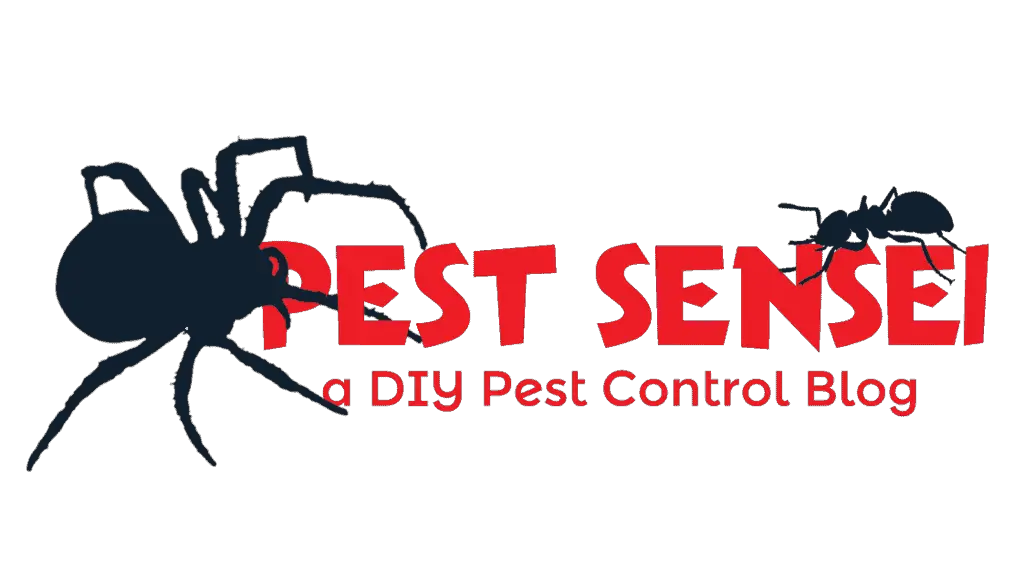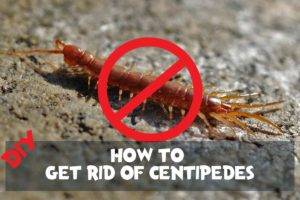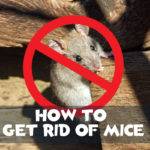Centipedes are pests that scare most people due to their bizarre appearance, fast movement and poisonous bites. This guide will teach you how to get rid of centipedes in your house.
Things to Know about Pest Centipedes
Centipedes are long-bodied arthropods with many pairs of legs. Sometimes, it is mistaken for millipedes due to their similar appearance.
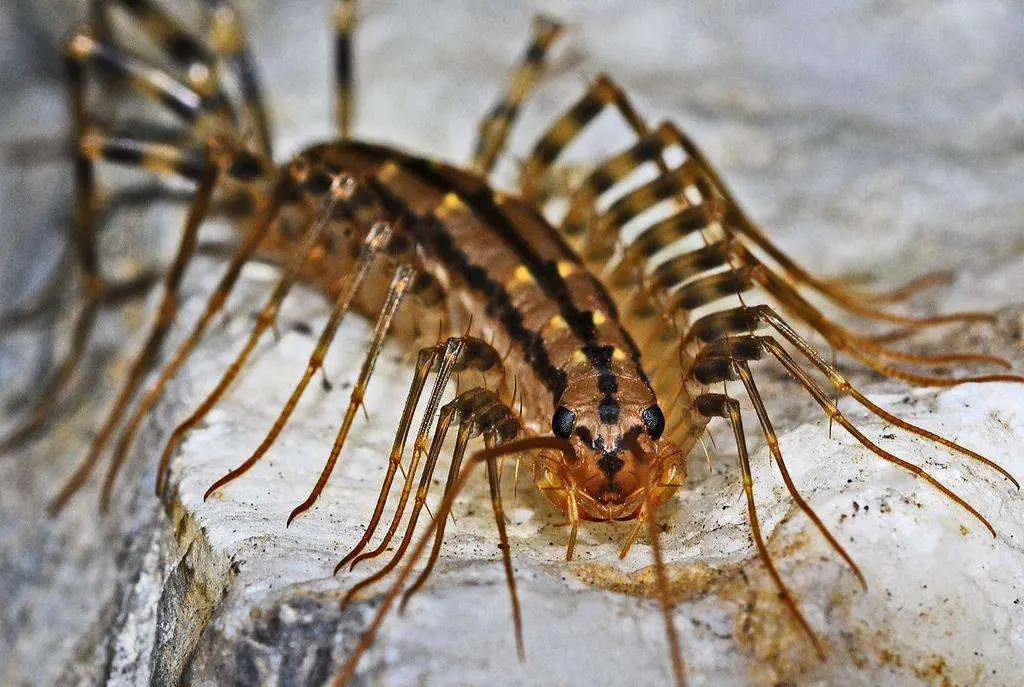
Centipedes have several characteristics that separate them from millipedes. The most obvious one is the number of legs. Centipedes have a pair of legs per body segment, while millipedes have two. Refer to the table below to understand the difference between both centipedes and millipedes. If you are facing millipede issue, refer to this guide instead.
| Characteristics | Centipede | Millipede |
|---|---|---|
| Feeding habit | Predator | Scavenger |
| Legs | 1 per body segment | 2 per body segment |
| Defense | Poisonous fangs and agile movement | Curl to expose only hard exoskeleton, release irritating chemicals |
| Can bite | Yes | No |
The most common centipede that can be found indoors are the house centipedes. They live predominantly indoors, and prey on other insects such as roaches, silverfish, spiders, etc.
While house centipedes don’t readily bite, they do bite. Due to their small size, the bite is usually not very painful. The bite is mildly poisonous and may cause some irritations.
There are also outdoors centipede species that may occasionally intrude your house. Some of the bigger species are considered pets by hobbyists.
What Attracts Centipedes?
Centipedes are predators, they are attracted by the availability of prey insects for food. They also love to hide in moist, cool, and dark places. Once they’ve entered your house by chance, they will stay if they can find both food and appropriate shelter.
Where do Centipedes Hide?
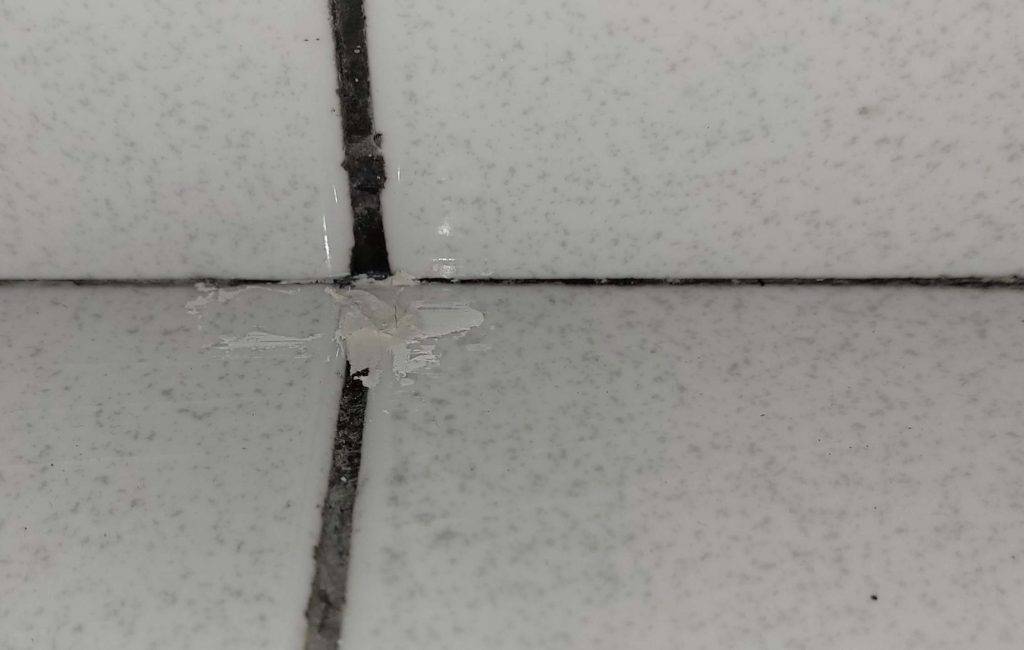
Centipedes prefer to hide in dark, moist and cool places. Indoor species such as house centipedes can be found hiding under broken tiles, basement, bathroom, drain, etc. Seal all cracks and crevices using putty to eliminate potential hiding places.
Meanwhile, outdoor species are usually found in planter areas, crawl space, under wood, flower pots and bricks or stones, and tree barks.
How to Get Rid of Centipedes?
You can get rid of centipedes through 3 steps below.
- Prevent the centipedes from entering your house through proper proofing.
- Make your house unfavorable for the centipedes, so they leave, or die naturally due to insufficient food and water.
- Kill the centipedes using physical or chemical methods.
How to Prevent Centipedes from Entering My House?
Centipedes can enter your house through drains, cracks and crevices, door gaps, and gaps between utility lines. The best way to prevent them from entering is by proofing your house.
Install Green Drain in your floor trap to prevent centipedes from intruding through the drains. Green Drain allows water to flow into the drain one-way, but prevents centipedes from exiting the drain. It comes in different sizes to fit various drains.
Seal structural entry points with putty or caulking. You can use putty for small cracks, and caulking foam for larger gaps.
Installing door sweeps can also to stop centipedes from crawling in. Use those made of tough materials that can also stop rat intrusion, such as Xcluder door sweeps, to solve 2 pests with 1 stone.
Good Sanitation and Housekeeping Practices
Centipedes are predatory. They feed cockroaches, spiders, silverfish, and other small insects. By eliminating as many pests as possible in your house, the centipedes are out of food. Even if they don’t die from starvation, their population size can’t grow.
Leaking pipes, water seepage, and drainage issues create high moisture, which is preferred by centipedes. Fix those issues as soon as possible.
Reducing clutter helps reduce potential hiding spots, and makes treatment (if required) easier and more targeted.
Keep mulch and organic compost 6” away from your building foundation. They may breed insects, which are the food of centipedes. Putting them away will avoid having centipedes invading your house accidentally.
How to Kill Centipedes
Centipede infestation in houses is usually low and manageable. Proper proofing and sanitation are usually sufficient to resolve the issue. There are a few things that you can do to kill those that have successfully infiltrated your house. But, I usually crush them using a hard object, e.g. a bucket, or a smartphone.
Sticky Traps
Sticky traps are the best tool to get rid of centipedes if you can’t locate them, or if you want to kill any centipedes that might intrude your house.
Place the sticky traps in dark and dry places, such as underneath the fridge, washing machine, close to drains, etc. Unlucky roaming centipedes will be trapped without you knowing.
Non-Toxic Natural Diatomaceous Earth
Diatomaceous earth is a non-toxic, naturally occurring matter, and it is proven safe and effective in killing centipedes. Upon contact, it damages the exoskeleton of the centipedes, causing excessive water loss and ultimately death.
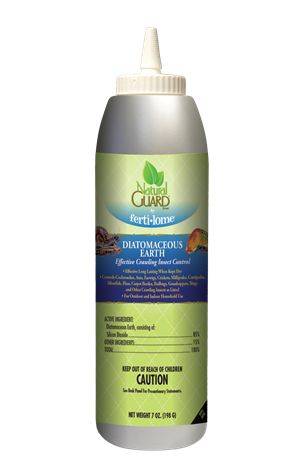
I recommend using Natural Guard Diatomaceous Earth. It comes with a cone tip that makes it easier to use.
Simply apply a coating of diatomaceous earth on places where you find centipedes, at corners of dark places, or directly onto the centipedes.
Note that diatomaceous earth works only when it is dry. So, you can’t use this in the bathroom and drain. Although it is natural, it kills all other insects and spiders that come into contact with it.
Pesticide Spray
Pesticide spray is another effective option to kill centipedes quickly. Unlike diatomaceous earth, it can be used at places which is wet, making it suitable to tackle locations where diatomaceous earth cannot be used.
I recommend using PT 565 Plus XLO. It contains pyrethrin, a naturally occurring compound found in Chrysanthemum flowers. Pyrethrin has fast knockdown effect that immobilize pests quickly. On top of that, this product is augmented by piperonyl butoxide, a compound that doesn’t kill pests by itself, but enhances the effect of pyrethrins.
Spray PT 565 Plus XLO directly on to the centipedes to kill them. Be sure to use the crack and crevices nozzle/straw, since it produces larger droplets suitable to tackle crawling pests.
Vacuum
Some people suggest using vacuum cleaners to remove the centipede. But I find it difficult to deal with the centipede after vacuuming, because they move quite fast.
If your vacuum cleaner has a valve to stop centipedes from climbing out, and a bag to hold the centipede, it is worth trying.
Final Words
Centipede control is simple because the infestation is often not serious. I hope you can resolve your centipede issue following the methods outlined in this guide. If you find my article helpful, do share it with your friends!
Additional Information
Are home remedies effective to get rid of centipedes?
Vinegar, pepper, onion, etc. are often touted as home remedies capable of getting rid of centipedes. I’ve not tried them on centipedes, but most likely they don’t work.
Can I get rid of centipedes using boric acid?
Yes, you can. Like diatomaceous earth, boric acid can be dusted on the centipedes, or at places with centipede activities to kill them. It is slow acting and works best when dry.
Can I get rid of centipedes using mothballs?
Yes, you can! Mothballs can repel and kill some pests, including centipedes, by releasing toxic vapor. However, I don’t recommend using mothballs if you have kids or pets at home, because they are dangerous.
Many mothballs contain 1,4-dichlorobenzene, which are considered carcinogenic. Some may contain camphor or naphthalene, which can kill if accidentally ingested by curious toddlers and pets.
Lastly, they are flammable.
What to do if I am bitten by centipedes?
House centipedes are small and usually deliver weak bites that don’t penetrate our skins. Swelling or pain from the bites usually recover by itself in a few days. Usually, no medical help is required. Larger outdoor species can deliver a more painful bite and the symptoms may last longer.
If you experience nausea, increased heartbeat, breathing difficulty after being bitten by centipedes, seek medical attention immediately.
